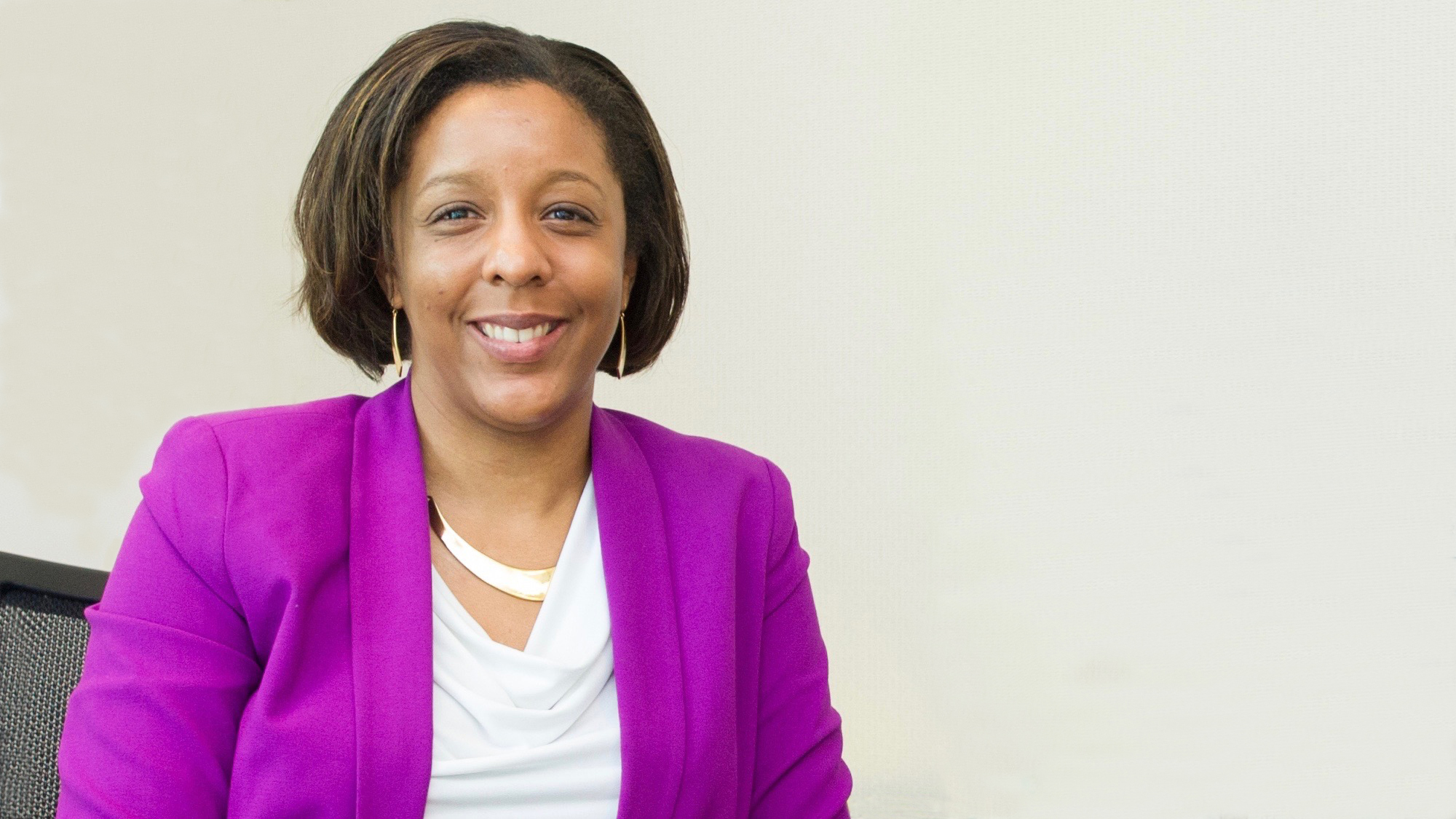Every year, the Minneapolis Parks Foundation brings an inspiring leader to town to be our keynote speaker at our annual Sunrise on the Mississippi breakfast. This year, we’re proud to host Lynn Ross, a lauded urban planner working to transform cities by reimagining how our city design can heal communities together.
I first met Lynn through the Salzburg Global Fellowship, when we both attended a Global Seminar titled Child in the City: Health, Parks, and Play. After serving within the Obama Administration Department of Housing and Urban Development, Lynn has grown into a national leader in Reimagining the Civic Commons, a new initiative helping to shape local community-derived strategies to co-creating the parks, libraries, and other gathering places that connect us as humans to each other and the world around us.
Here in the Twin Cities, as we take on generational transition of the Mississippi riverfront and create new parks and public spaces lining the river, including Water Works, the Great Northern Greenway River Link and the Upper Harbor Terminal, Lynn’s experience couldn’t be more relevant to how we weave together our public spaces and common ground.
We asked Lynn to give us a primer on Reimagining the Civic Commons ahead of her talk at Sunrise, as well as share with us some ways that parks in particular have impacted her personally. Read on for some powerful insights and learn even more when you join me at Sunrise, Thursday, September 6.
—
(Parks Foundation) What are the civic commons and what does it mean to reimagine them?
(Lynn Ross) Our civic commons are the places that bring us together: parks and open space; plazas; libraries; community and recreation centers; sidewalks, paths, and trails; waterfronts.
Reimagining the Civic Commons is a three-year initiative with demonstration projects in five U.S. cities that seeks to revitalize and connect civic assets to demonstrate the power of the civic commons. The four national foundations (The JPB Foundation, Knight Foundation, The Kresge Foundation and The Rockefeller Foundation) are working with a network of local, on-the-ground project teams. These teams are multi-sector by design because this reimagining goes beyond investments into the physical spaces, but also to changing the way we collaborate to program and manage the civic commons in partnership with residents.
Teams in Akron, OH; Chicago, IL; Detroit, MI; Memphis, TN; and Philadelphia, PA, are each working collaboratively to transform a portfolio of assets to achieve four key outcomes: civic engagement, socioeconomic mixing, environmental sustainability, and value creation. So, the reimagining is not prescriptive; there is no one recipe that will lead to success. The work is authentic to each community, but the common set of outcomes help to catalyze transformation that is intentionally inclusive and equitable.
Why is now the right time for an initiative like Reimagining the Civic Commons? Why are the civic commons important to cities in the 21st century?
As an urban planner, I know that a strong public realm is essential to vibrant, inclusive public life and the many benefits that can have. And there are plenty of surveys out there illustrating the fact that more people—across generational breakdowns—are showing a preference for living in walkable, bikeable, transit-rich neighborhoods. People want to live in proximity not only to family, friends, school, and work but also to those special third spaces—our commons.
However, as communities have become more segmented by race and income, and other priorities have shifted, support for civic assets has declined. This underinvestment has meant that many of our civic assets are no longer positioned to provide the connective tissue that brings us together and anchors neighborhoods. The result is more than overgrown ballfields and lackluster libraries. Research shows that Americans spend less time together in social settings and interact less with others whose experiences are different.
We are opting out of public life and, I would argue, one of the results is that we trust each other less. Trust is fundamental to inclusive, equitable community building and we need places that foster that trust in physical spaces through shared experiences. Our civic commons can help us do that.
As the Reimagining the Civic Commons effort unfolds, how will you know it’s successful or if you need to course correct?
As we invest in connected sets of public places around the country, we recognize the importance of demonstrating—with data—the outcomes of a reimagined civic commons. We’ve designed a measurement system to analyze the impacts of these investments on the sites and in surrounding communities and to track progress toward the four main outcome areas I discussed earlier. We are collecting data on 65 metrics and with this information we aim to accomplish three things:
- Learn how a healthy civic commons supports more resilient, less fragmented cities and neighborhoods;
- Demonstrate how investments in connected sets of civic assets impact engagement, equity, environmental sustainability, and economic development; and
- Build the rationale for further investment in revitalized and connected public places.
In addition to the metrics work, we also have a learning network that, among other activities, brings the five teams together regularly for shared learning, peer exchange, and problem-solving. These gatherings allow the network to understand what is working well in each community and where course correction might be needed.
In what ways have nature and the civic commons been important in your life?
Access to nature and the civic commons have been—and continue to be—critical in my life. I grew up in Joliet, IL, and some of my earliest memories are of time spent playing in my hometown park system and frequent visits to the library. My dad would sometimes take us to Starved Rock State Park—about an hour from where I grew up—to hike, picnic, and explore. We also lived quite close to a park district facility where I took lessons in everything from swimming to painting. Those early experiences helped me to form a deep respect for shared spaces, meeting new people, and learning outside of the traditional classroom. Those experiences also helped me to develop a greater sense of self because I built up a confidence level for being comfortable in lots of different settings, taking risks, and being attuned to the specific sights and sounds of being outside.
Do you have a favorite park or outdoor activity?
I can’t name a favorite park because there are too many that I love, but my favorite outdoor activity is a simple one: walking. I love taking a long, meandering walk with no particular goal other than just to see what is along the way. I take long walks at home and when I’m away on vacation and business travel. At the walking pace (and eye level), you can experience the community—the sights, the smells, the sounds, the people, the activity—in a way that feels different, more tangible than many other forms of mobility. For me, walking is a form of meditation that leaves me energized.
What do you know about Minneapolis Parks and what are you looking forward to learning more about?
I know that Minneapolis has a large, award-winning parks system that has been around for generations. I’m looking forward to learning more about how that system is evolving to serve the needs of current and future residents and how residents are being engaged to help co-create that future.
—
Featured image courtesy of Lynn Ross

